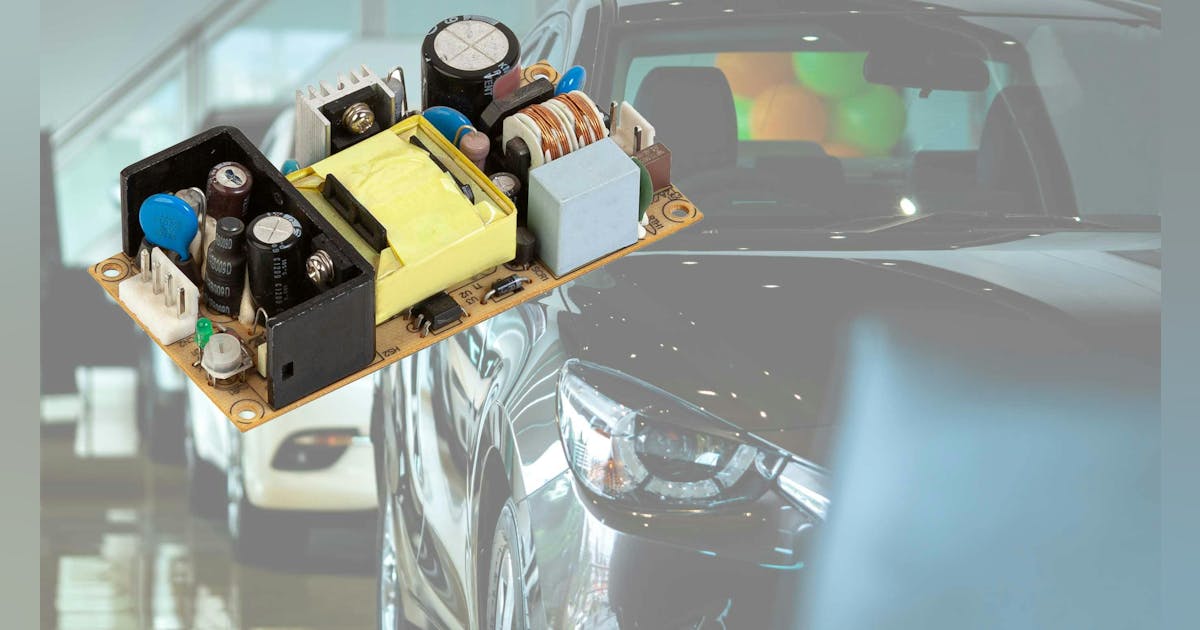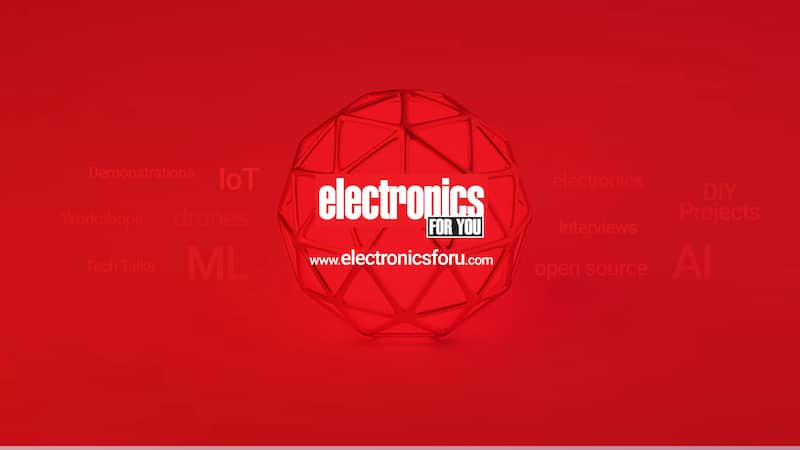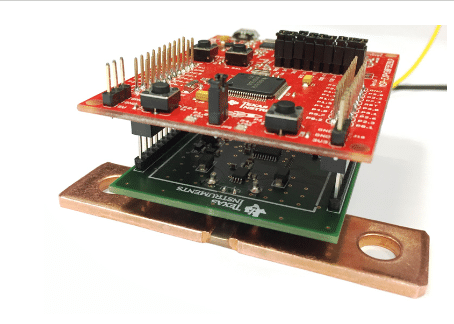Two of the many other non-isolated designs include charge pump and magnetic converter:
- Charge pump: Charge pumps are simple and can be as efficient as 90% to 95%. They use capacitors for charge storage to raise or lower voltage. They can double voltages, triple voltages, halve voltages, invert voltages, multiply or scale voltages (e.g., x4/3), or create other voltages by simply alternating between modes using a controller.
- Magnetic converter: This type of DC-DC converter stores energy and then releases it as a magnetic field in inductors or transformers within a specified frequency range. Often used to maintain constant power across circuits.
Galvanically Isolated Converters
Isolated converters use a high-frequency transformer where output is completely separated from input. Sub-types include half-bridge, full-bridge, flyback forward, and push-pull. Each can be used for bidirectional conversion.
The isolation refers to galvanic isolation—there’s no direct conduction path between two parts of the circuit. This barrier can be helpful for safety and for some kinds of functionality, and it’s particularly important with higher voltages and currents. Some isolated converters have a single input and single output while others have multiple outputs.
Isolated converters can also be classified as: operational or functional where there’s an isolated output but not fault protection; basic, with only single-fault protection; and, reinforced with 2X insulation for greater fault protection.
Other key characteristics of DC-DC converters include:
- Current rating: The maximum value of current that can be provided to a load on a sustained basis.
- Temperature rating: Ambient conditions and heat created during operations can combine to create relatively high temperatures. The temperature rating involves what can be tolerated during operation under full load without causing damage or component failure.
- Ripple voltage: It can be important to consider the waveform artifact of an AC source, which can lead to a ripple voltage at the converter output. The resulting voltage fluctuations and potentially current fluctuations may impact the efficiency and longevity of circuits and components using that power.
What are the Major Challenges with DC-DC Conversion?
- RF noise: Switching converters have a bad habit of emitting RF at the switching frequency and its harmonics. How much of a problem it becomes depends on the converter’s proximity to RF-sensitive circuits as well as the strength of the RF and whether it’s sufficient to run afoul of regulations.
- Safety: Certain DC-DC converters can decrease input voltages by hundreds of volts. If, for some reason, the converter fails, the input voltage can become deadly for operators or patients (in the case of medical devices). Therefore, converters must have sufficient electrical insulation between the primary and secondary circuits.
Selecting or designing a DC-DC converter is important in any application. It’s particularly the case in an EV, where the right design can have a positive impact on vehicle performance, overall efficiency, safety, and reliability.






